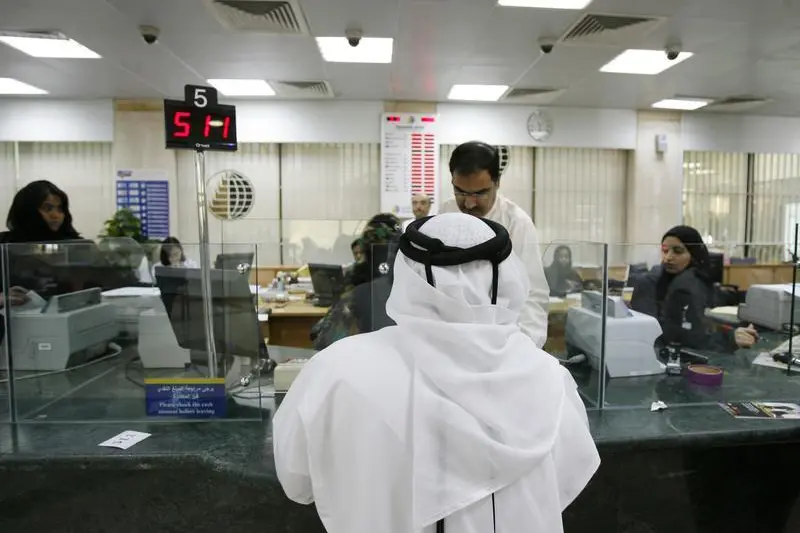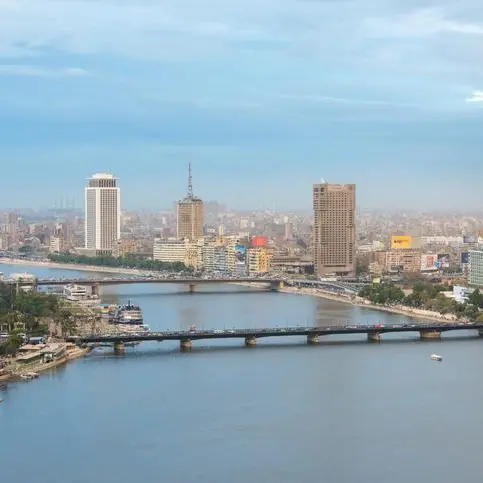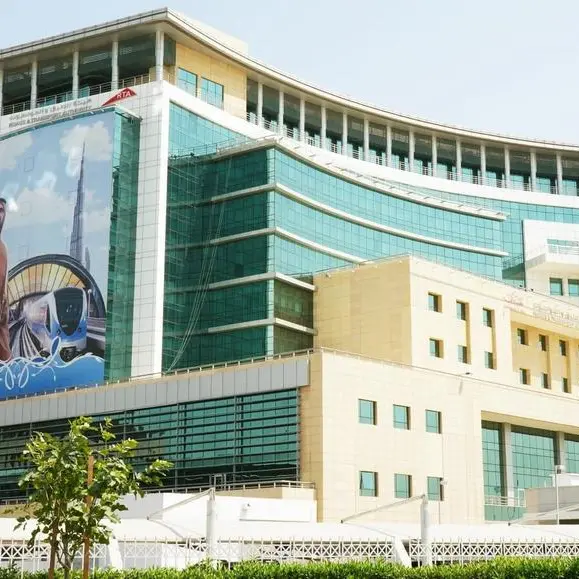PHOTO
UAE - The 10 largest listed banks in the UAE maintained increasing levels of confidence in the second quarter by recording increased lending activity and a higher return on credit, according to data compiled by a leading global professional services firm.
Comparing the data of the 10 banks, Alvarez & Marsal said in its latest analysis that UAE banks' profitability continued to increase, with operating income and net interest margins significantly higher than in the previous quarter.
In the second quarter, deposits grew faster (2.18 per cent) than loans and advances (1.75 per cent), resulting in a slightly reduced average loan-to-deposit (LDR) ratio. "Despite this, eight of the top 10 banks remained in the LDR 'green zone' of between 80 per cent and 100 per cent. Four of the top banks grew their L&A market share, and two banks increased market share overall [L&A and deposits]," the UAE Banking Pulse report for the second quarter of 2018 by A&M said.
Dr Saeeda Jaffar, the lead author of the report, said the second quarter saw good, steady performance by the UAE's leading banks, "with no major surprises or causes for concern".
"The most striking feature of the sector's overall performance was the rise in operating income, the result of increased lending activity and a higher return on credit. This would point to increasing levels of confidence being displayed by the banks, which is also reflected by the reduced cost of risk, continuing the trend we have seen since the beginning of 2018. Overall, the sector continues to perform well. Profitability is maintaining its upward trend while growing returns on equity and liquidity remain at healthy levels. It has been a good first half for the sector and signs indicate these trends will continue in the second half," said Jaffar, who along with Asad Ahmed and Neil Hayward authored the report.
The report uses independently-sourced published market data and 16 different metrics to assess the banks' key performance areas including size, liquidity, income, operating efficiency, risk, profitability and capital.
The country's 10 largest listed banks analysed are First Abu Dhabi Bank, Emirates NBD, Abu Dhabi Commercial Bank, Dubai Islamic Bank, Mashreq Bank, Abu Dhabi Islamic Bank, Union National Bank, Commercial Bank of Dubai, National Bank of Ras Al Khaimah, and National Bank of Fujairah.
In the quarter under review, operating income growth increased by 2.25 per cent, reversing the 1.37 per cent decline of the previous quarter. This was driven by an increase in interest income, which grew by 3.11 per cent, the result of the increase in L&A and - more importantly - an increase in yield on credit (YoC), said the report.
Net interest margin (NIM) increased by 2.61 per cent, at a higher rate than in first quarter. "The increase was driven by a rise in YoC, which more than offset a parallel increase in cost of funds. Only three of the top 10 banks reported a decrease in NIM," said the report.
"However, the increase in operating income was not sufficient to reduce the cost-to-income ratio, which at 33 per cent was 70 basis points higher than in the first quarter of 2018 [32.3 per cent]. An increased level of sales and general and administrative expenses was the main reason for the increase."
As banks continued to reduce their loan loss provisions, cost of risk was marginally lower while return on equity increased due to a decrease in cost of risk and an increase in operating income, despite a slight decrease to return on assets. Seven out of 10 banks showed an increase in RoE average capital adequacy ratio increased to 16.33 per cent (compared with 15.6 per cent in the first quarter of 2018), said the report.
In the first half, the UAE banking sector continued to surpass GCC peers in terms of total assets that had surged 2 per cent to Dh2.7 trillion. The Saudi banking sector came second with total assets valued at $617 billion followed by Kuwait with $215 billion, Bahrain with $188 billion and Oman with $87 billion.
According to the Central Bank of the UAE, the country's banking sector remained well capitalised, with solid liquidity buffers, stable funding and improved profitability.
Moody's analysts expect the UAE's banking sector to remain largely resilient to oil price volatility and its impact on government finances and economic growth.
Copyright © 2018 Khaleej Times. All Rights Reserved. Provided by SyndiGate Media Inc. (Syndigate.info).












